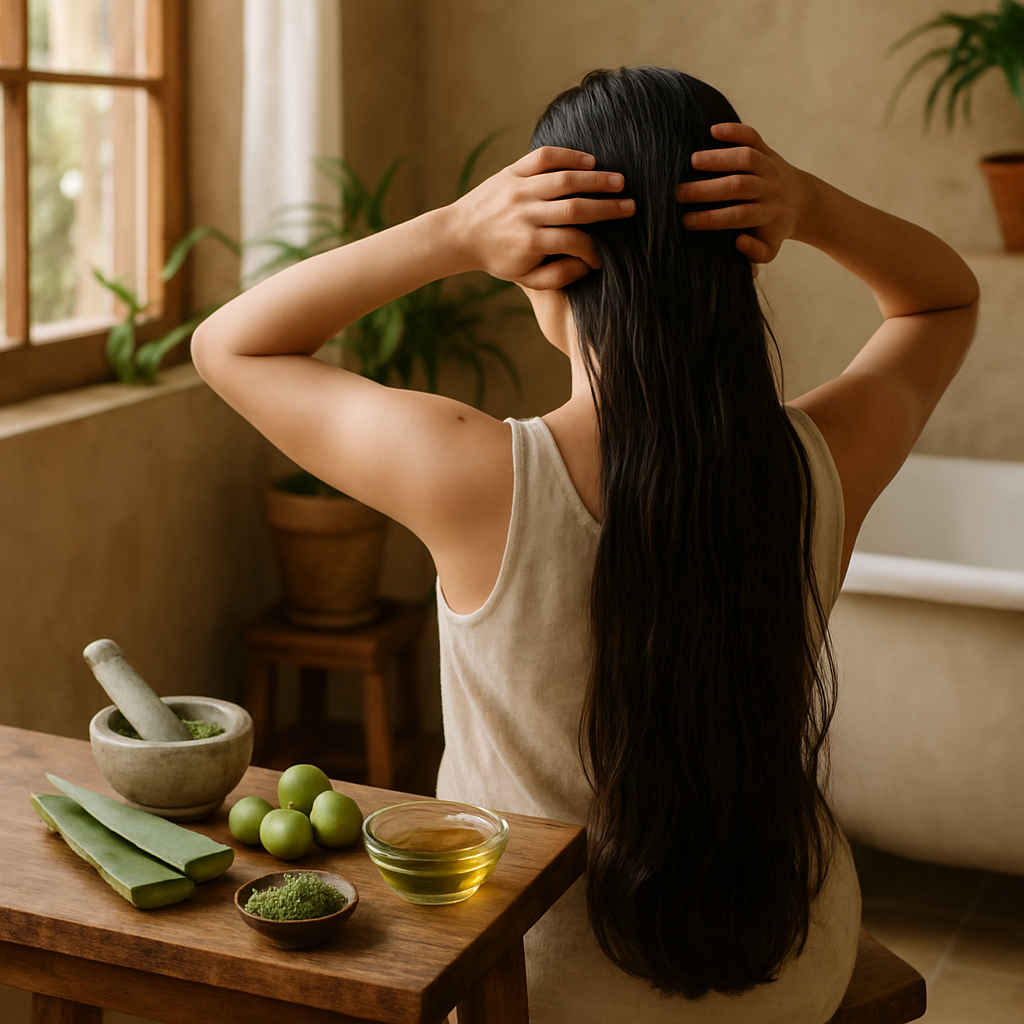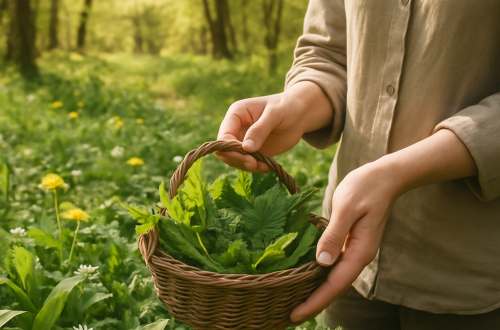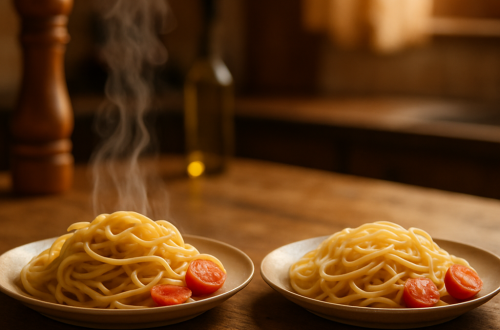Unlocking the Secrets of Hair Growth with Ancient Remedies

Unlocking the mysteries of hair growth seems like a daunting task, doesn’t it? But if you think about it, people have been trying to manage, nurture, and even worship their hair for centuries. Ever wondered how those ancient folks managed their luscious locks without our modern haircare arsenal? Well, they had their ways, and it turns out, they might have known something we don’t. Hair growth isn’t some new fascination; it’s as old as humanity itself.
Our ancestors had their share of secrets, passed down through whispers and traditions. They used herbs, oils, and other natural ingredients long before the first shampoo bottle hit the shelves. Today, we’re taking a closer look at some of those tried-and-true methods. So, let’s get comfortable and see what the ancients were up to.
Herbal Teas and Hair Rinses
You might think of tea as a comforting beverage, but for the Egyptians and Romans, it was more than a drink. They used herbal teas as hair rinses, believing in their restorative powers. Rosemary tea, for example, was a favorite for enhancing shine and stimulating growth. This isn’t just some old wives’ tale modern science backs it up. A study published in the journal “Phytotherapy Research” found that rosemary oil might promote hair growth due to its ability to improve circulation and act as an antioxidant (Panahi et al., 2015).
Now, here’s a quirky detail: I once tried a rosemary tea rinse, and let me tell you, my hair smelled like an herb garden for days. But I swear it felt rejuvenated, a bit like when you finally clear out your email inbox. There’s something refreshing about going back to basics with natural ingredients.
Oils from the Past
Next, there’s the oily business literally. For centuries, oils have been a staple in haircare routines. The Greeks were known for their love of olive oil, which they believed nourished the scalp and strengthened hair. They weren’t wrong. Olive oil is packed with vitamins A and E, known for their antioxidant properties (Tuck, K. L., & Hayball, P. J., 2002).
I used to think that oiling my hair would leave it greasy and unmanageable, but now I’m singing a different tune. A small amount of olive oil massaged into the scalp can actually work wonders, especially during those dry winter months when your hair feels like straw. Just be careful not to overdo it. I once used too much and ended up looking like I’d dunked my head in a vat of salad dressing. Lesson learned.
Speaking of oils, the Indian subcontinent has long celebrated the benefits of coconut oil. It’s a multi-tasker, great for cooking, moisturizing, and, of course, hair care. A study in the Journal of Cosmetic Science found that coconut oil can reduce protein loss in hair (Rele, A. S., & Mohile, R. B., 2003). It’s like a protective shield against damage. I remember my grandmother applying it religiously, and she had hair that rivaled Rapunzel’s.
Cultural Practices and Their Legacies
Different cultures have their own haircare practices that have stood the test of time. Take henna, for instance. This natural dye, used in India and the Middle East, not only colors the hair but is also said to strengthen it. The ancient Egyptians used henna to condition their hair and protect it from the harsh sun. They might have been onto something, as henna coats the hair shaft, providing some protection from environmental damage.
I gave henna a whirl once. The process was messy, and my bathroom looked like a mud wrestling pit afterward, but the results were worth it. My hair felt thicker and had a lovely reddish tint that caught the sunlight just right. However, be prepared for the commitment henna is notoriously hard to remove if you change your mind about the color.
The Chinese, with their reverence for longevity, used fermented rice water as a tonic for hair growth. Women from the Yao tribe in Huangluo, China, are famous for their long, dark hair so much so that the village is known as the ‘World’s Longest Hair Village’. They credit their hair’s health to this age-old practice. A study in the journal “International Journal of Cosmetic Science” suggested that inositol, a carbohydrate found in rice water, can penetrate damaged hair and repair it from the inside out (Kumar, M., & Shukla, R., 2010).
Modern Science and Ancient Wisdom
It’s fascinating how many of these ancient remedies have found validation in modern science. Of course, not every old method is a miracle cure, but there’s a reason these practices have persisted. They remind us that sometimes, simple and natural solutions can be effective.
I used to be skeptical of anything that wasn’t clinically proven, but as I’ve tried these remedies, I’ve become more open-minded. Sometimes a bit of experimentation leads to the best discoveries. Plus, there’s something deeply satisfying about concocting your own treatments. It feels a bit like being a mad scientist, minus the lab coat.
Still, while these ancient techniques offer a treasure trove of possibilities, it’s crucial to approach them with a healthy dose of common sense. What works wonders for one person might not for another. And let’s not forget, the ancients didn’t have to contend with the same pollutants and stresses we face today. So it’s a balancing act taking the best of both worlds to create a haircare routine that works for you.
In the end, hair growth and care boil down to understanding what your hair needs and sometimes, that involves a little trial and error. Whether it’s a rosemary rinse or a coconut oil massage, the key is consistency and patience. Hair doesn’t transform overnight, but with a bit of ancient wisdom and modern insight, it can certainly get a new lease on life.
So, next time you’re in the kitchen, maybe grab that bottle of olive oil or brew some rosemary tea, and give your hair the royal treatment it deserves. Who knows? You might just stumble upon the perfect remedy that works for you, just like those who came before us.


